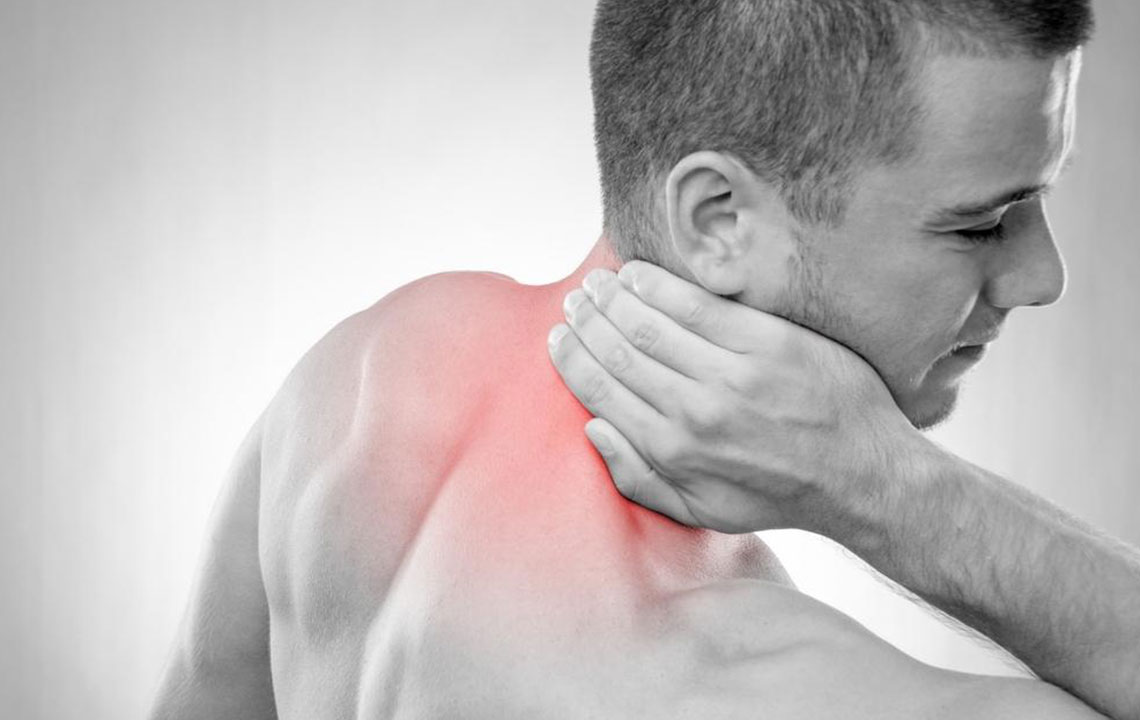Comprehensive Approaches to Managing Chronic Pain Effectively
This comprehensive guide explores effective strategies for managing chronic pain, emphasizing a multifaceted approach that combines medication, physical therapy, acupuncture, psychological techniques, and lifestyle modifications. Tailored treatments aim to reduce discomfort, improve mobility, and enhance overall quality of life, offering hope for those living with long-term pain conditions.

Comprehensive Approaches to Managing Chronic Pain Effectively
Chronic pain is a complex health issue that affects millions worldwide, significantly impacting quality of life. Unlike occasional aches or transient discomforts, persistent pain lasts for weeks, months, or even years, often without a clear cause, which makes diagnosis and management challenging. Understanding the nature of chronic pain and applying a multifaceted approach can greatly enhance the ability to cope and improve daily functioning.
Persistent pain is characterized by ongoing discomfort that can be sharp, dull, burning, or aching. It may be constant or intermittent, affecting various parts of the body such as the back, joints, muscles, or nerves. This type of pain often results from underlying conditions like arthritis, nerve damage, post-surgical complications, or even psychological factors, making comprehensive management crucial for alleviation.
While medications are commonly used to reduce pain, they are not always sufficient or suitable as standalone solutions. Combining pharmacological treatments with other non-drug approaches provides a more holistic strategy to manage chronic pain effectively. These strategies are tailored to individual needs, aiming not just to reduce pain but also to improve overall well-being.
Regular physical activity, personalized with inputs from healthcare professionals, plays a vital role in managing persistent pain. Exercise helps strengthen muscles, enhances flexibility, and boosts circulation, which collectively contribute to reduced discomfort. Maintaining proper posture, balanced nutrition, and adequate sleep are foundational elements that support pain management and overall health.
One of the oldest and most respected complementary therapies is acupuncture. This Traditional Chinese Medicine technique involves inserting fine needles at specific points on the body to stimulate healing and reduce pain. Scientific research supports acupuncture's effectiveness in alleviating various types of chronic pain, including migraines and joint issues, making it a widely accepted treatment worldwide.
Massage therapy is another powerful tool for pain relief. Skilled massage can relax tense muscles, improve circulation, and reduce muscle spasms, providing long-lasting relief, especially for back and neck pain. When performed regularly, massage therapy can be a valuable part of a pain management regimen, contributing to enhanced physical and mental well-being.
Physical therapy, under the guidance of trained specialists, emphasizes tailored exercises, stretching, and movement techniques to address the root causes of pain. Physical therapists also educate patients on proper body mechanics and posture to prevent further injury. Water therapy, also known as aquatic therapy, involves exercises performed in warm pools, reducing strain on joints and muscles, which is particularly beneficial for arthritis sufferers.
Thermal treatments are effective in managing pain by improving blood flow and decreasing inflammation. Heat therapy, such as hot packs or warm baths, relaxes muscles and eases stiffness, while cold therapy, including ice packs, constricts blood vessels, reducing swelling and nerve activity. Alternating between hot and cold applications can optimize healing and pain relief.
Psychological interventions are essential components of comprehensive chronic pain management. Stress and emotional responses can exacerbate pain perception; hence, techniques like cognitive-behavioral therapy (CBT) help modify negative thoughts and behaviors related to pain. Mindfulness, meditation, and relaxation exercises also enhance emotional resilience and contribute to pain reduction.
Biofeedback and hypnosis are additional methods that teach patients to control physiological functions and relaxation responses, respectively, empowering them to manage pain more effectively. These approaches emphasize the mind-body connection and promote a sense of control over chronic discomfort.
Transcutaneous Electrical Nerve Stimulation (TENS) therapy employs a small device that delivers low-voltage electrical currents through the skin to disrupt pain signals. TENS is a safe, non-invasive treatment that can be used at home or in clinical settings, providing relief for many types of chronic pain, including back and neuropathic pain.
Distractive activities and hobbies also play a significant role in managing pain. Engaging in enjoyable activities—such as painting, reading, listening to music, or gardening—can divert focus from pain and improve mood. Techniques like visual imagery, guided imagery, or immersive virtual environments can further lessen the perception of pain, offering psychological relief and improving quality of life.
Addressing chronic pain requires a holistic approach that combines medical, physical, psychological, and alternative therapies. Customizing these strategies to individual needs ensures better outcomes, enabling patients to regain control over their lives and reduce the impact of persistent pain on their daily routines and emotional well-being.





